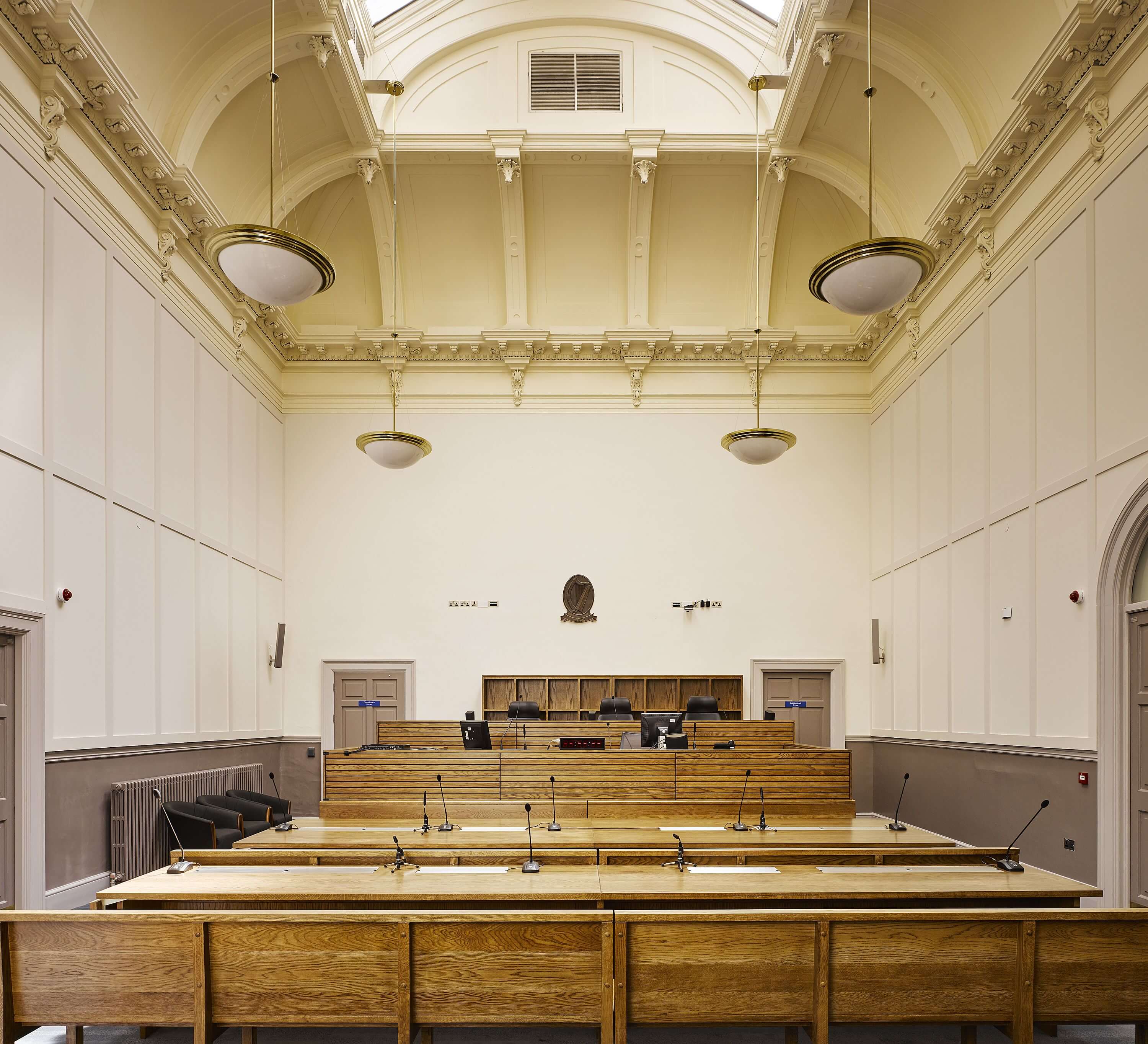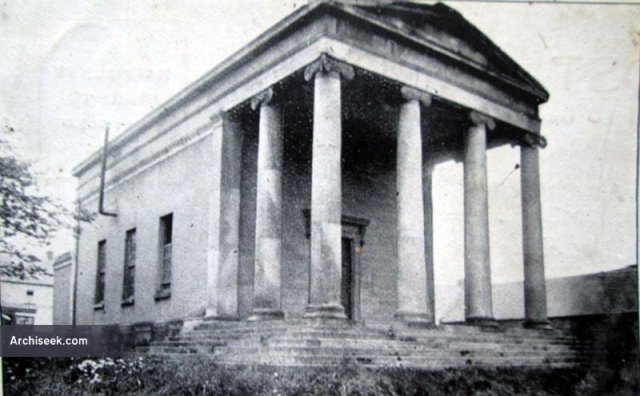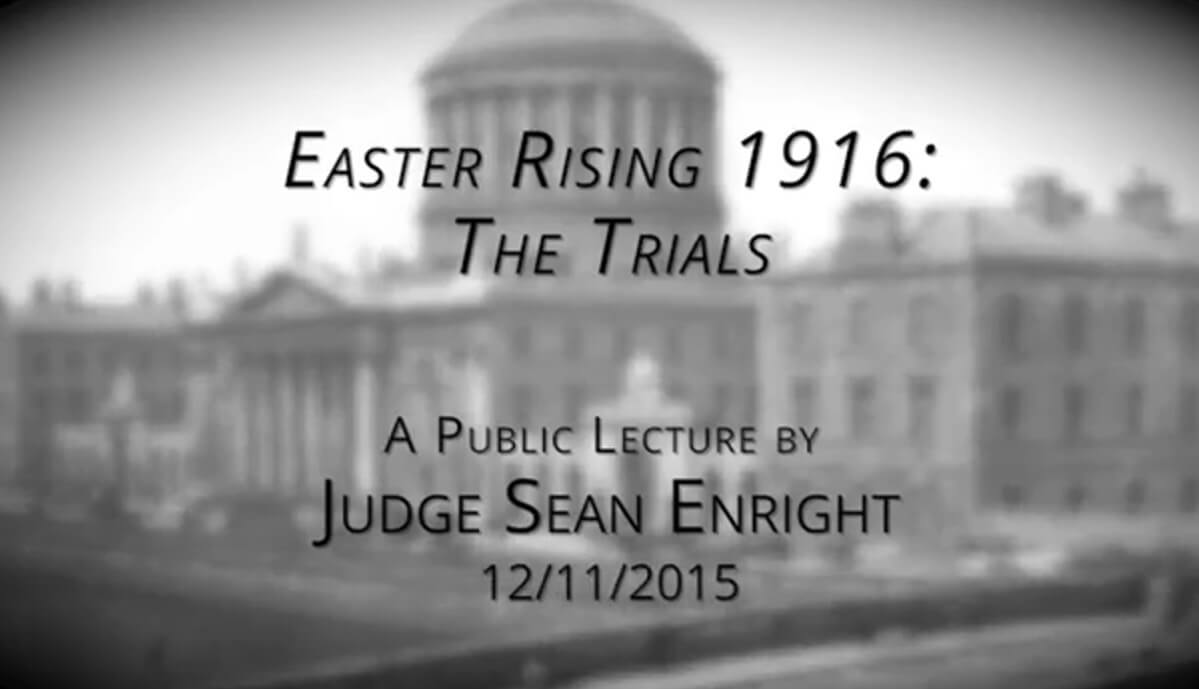Learn about the architectural evolution of courthouses in Ireland, dating back to Brehon times.
The spread of English common law to Ireland is described as the "first adventure of the common law". The account of how it replaced the ancient Celtic tradition of the Brehon is a fascinating historical journey.
History of the Law
History of the Law
CENTURY
CENTURY
Brehon Law and its Beginnings
Prior to English rule, Ireland had its own indigenous system of law dating from Celtic times, which survived until the 17th century when it was finally replaced by the English common law.
This native system of law, known as the Brehon law, developed from customs which had been passed on orally from one generation to the next. In the 7th century AD the laws were written down for the first time.
Brehon law was administered by Brehons (or brithem). They were the successors to Celtic druids and while similar to judges; their role was closer to that of an arbitrator. Their task was to preserve and interpret the law rather than to expand it.
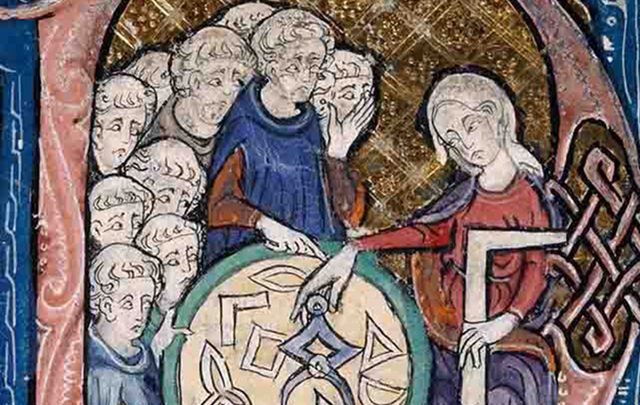
First Encroachment on Brehon Law
The first encroachment on Brehon Law came in 1155, when King Henry II cited a likely forged Papal Bull (the "Bull Laudabiliter") as the basis of plans to conquer Ireland.
He declared 'The laws of England were all freely received and confirmed'.
Following King Henry's declaration, English law was applied in most of Leinster.
In 1172, Hugh De Lacy was appointed First Justiciar of Ireland.
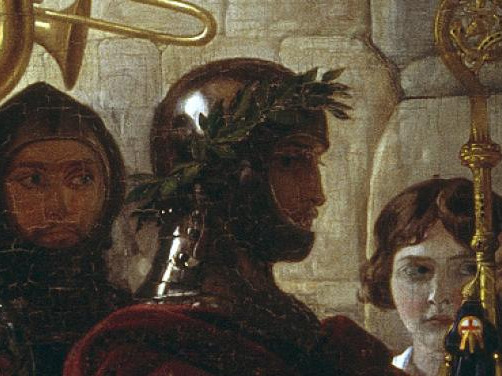
Appointment of Common Law Judges
In 1204, King John authorised the issuing of writs, essentially directing the Irish Courts to apply the common law.
The first recorded appointment of an Anglo-Norman Judge came in 1221.
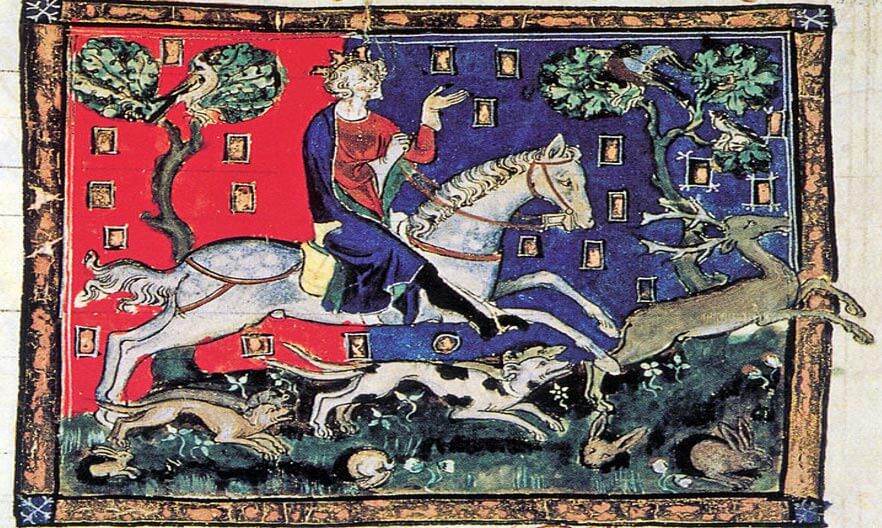
Decline in influence of English law
English law declined in influence during the 14th and 15th centuries, during which time the Normans, through inter-marraige with the native Irish, were said to have become 'more Irish than the Irish themselves'.
England sought to re-assert the supremacy of its Parliament and of English law over any Irish Parliament or Irish legislation by enacting the Statutes of Kilkenny in 1366.
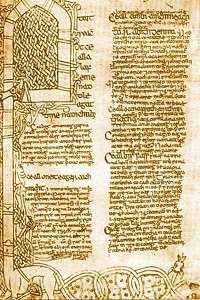
Fall of Brehon Law
English law gained a further foothold following the 'Flight of the Earls' from Ulster in 1607 and the consequent plantation which saw the land being granted to Scottish and English settlers.
The end of the Brehon Law's authority was signalled by the Proclamation of King James I in 1603, which received the Irish people into the King's protection.
The country was subsequently divided into counties and English law was administered throughout the country.
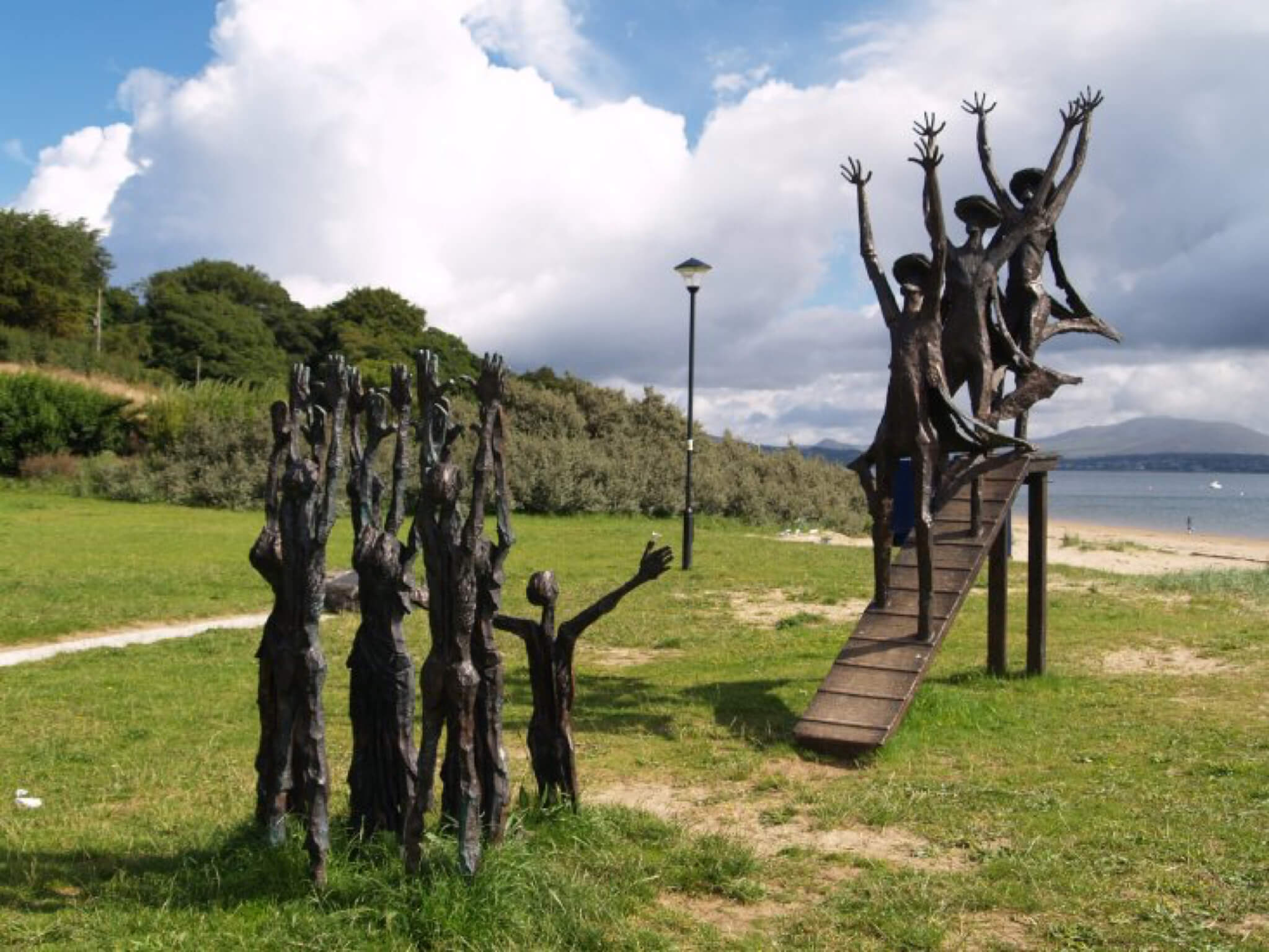
Penal Laws and Catholism
The victory of Protestant William of Orange over Catholic King James II at the Battle of the Boyne led to decades of brutal repression of Catholics in the form of Penal Laws.
The English Parliament repealed Poyning's Law under the Irish Appeals Act, 1783. The Irish Parliament sought to improve the situation of Catholics through the Roman Catholic Relief Act, 1793, which conferred limited rights to vote and admission to practice at the Bar.
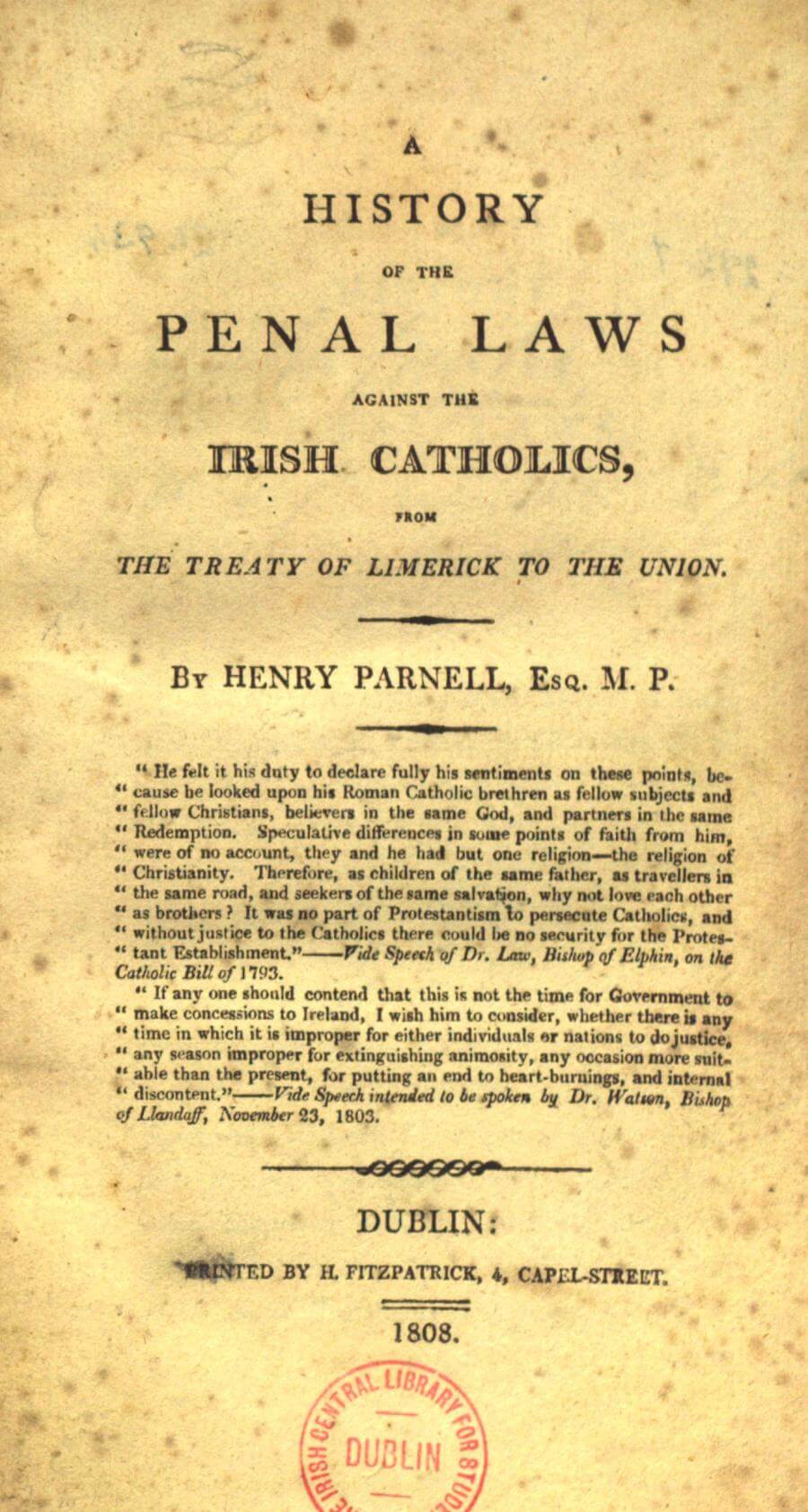
Reforms
The wake of the industrial revolution outlined urgency for reform of legal institutions.
These reforms were introduced by the Supreme Court of Judicature (Ireland 1877). These acts merged the administration of common law and equity to create a unified court system.
After the Irish Famine (1845-1850), the campaign for land law reform became the focal point in Irish politics. The Land League's campaigining brought about Land Law of Ireland Act 1881, granting the Three F's: Fair Rent, Freedom of Sale and Ficity of Tenure.
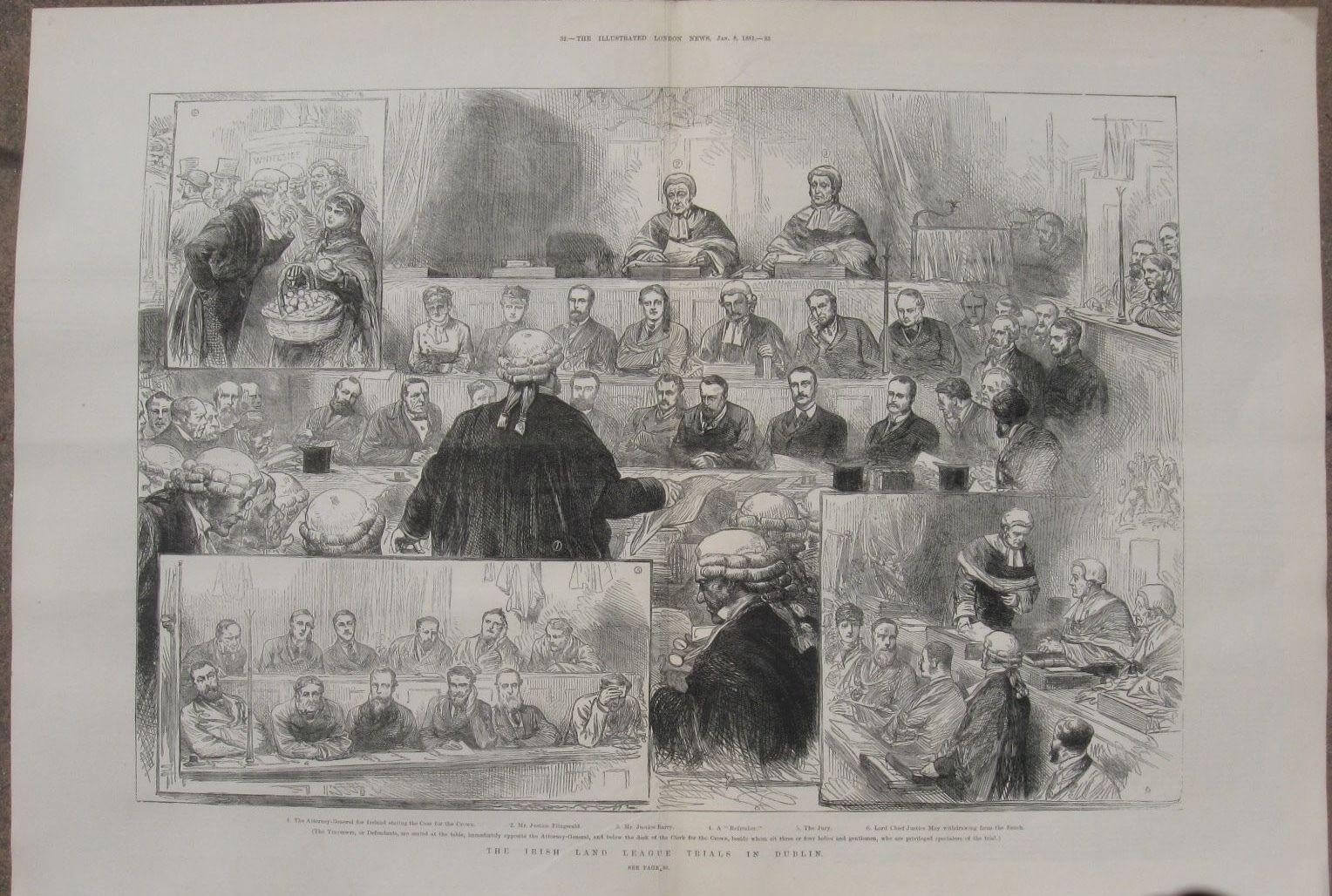
Independence
The main objective was Home Rule for Irish Nationalists.
Irish Parliamentary party led by Charles Stewart Parnel drew support from liberal Government on the issue. Sharp opposition of Unionists and Conservatives meant home rule wouldn't become possible until the passing Government of Ireland Act.
A failed 1916 rising and a brutal British response for the actions led to a landslide victory for Sinn Fein at the 1918 election and thus no victory for home rule.
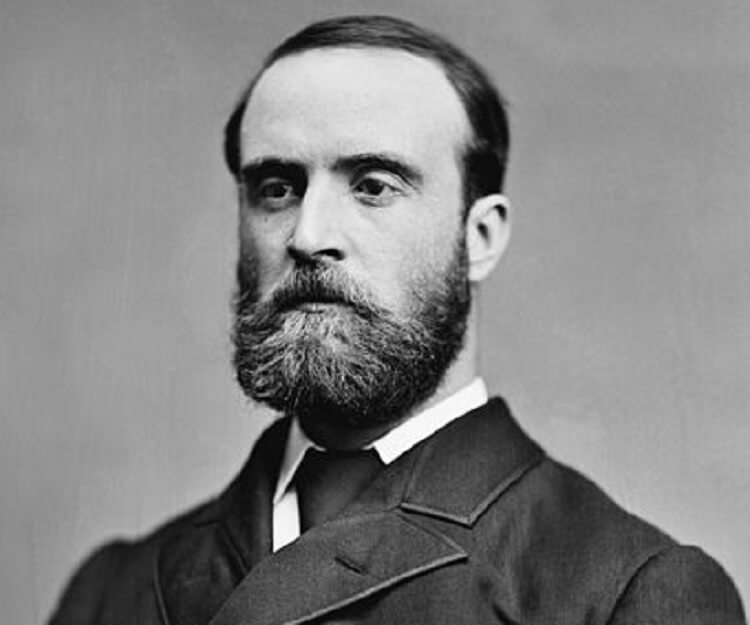
New Courts System
Westminster passed the Irish Free State (Constitution) Act 1922, repealing the Government of Ireland Act 1920.
The Dáil-enacted Constitution enshrined the separation of powers: Executive, Legislative and Judicial branches.
A new court system was adopted in The Courts of Justice Act, 1924
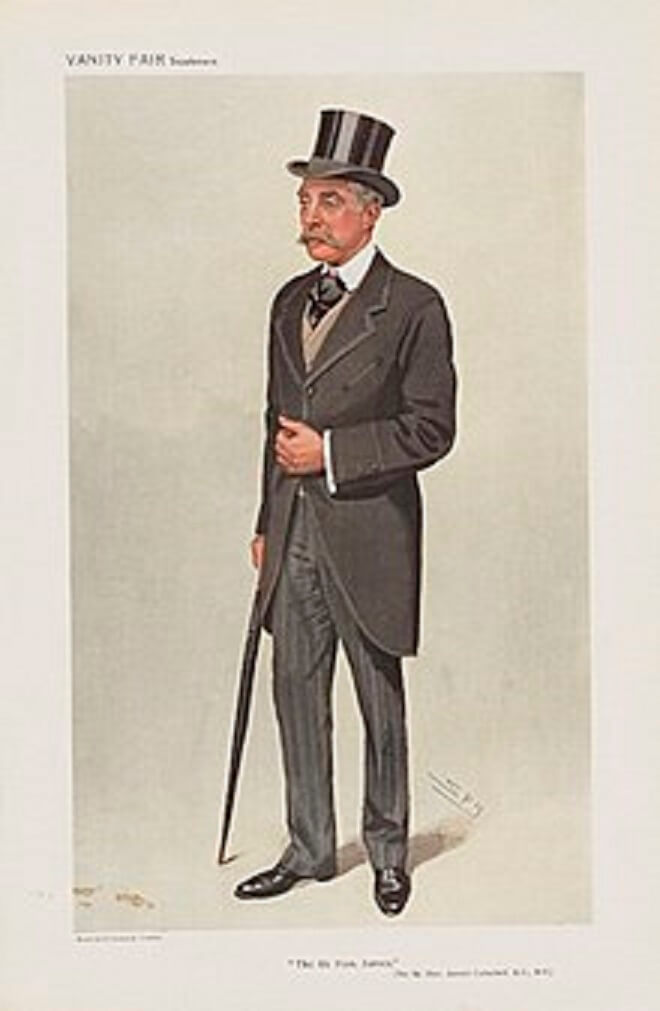
New Constitution
The existing court structure was replicated in the 1937 Constitution and again when the courts were re-established in 1961.
The 1922 constitution was amended several times up to 1938, by which time all signs of the 1921 Anglo Irish treaty had been erased.
Such amendments included removing the oath of allegiance and all references to the crown.
